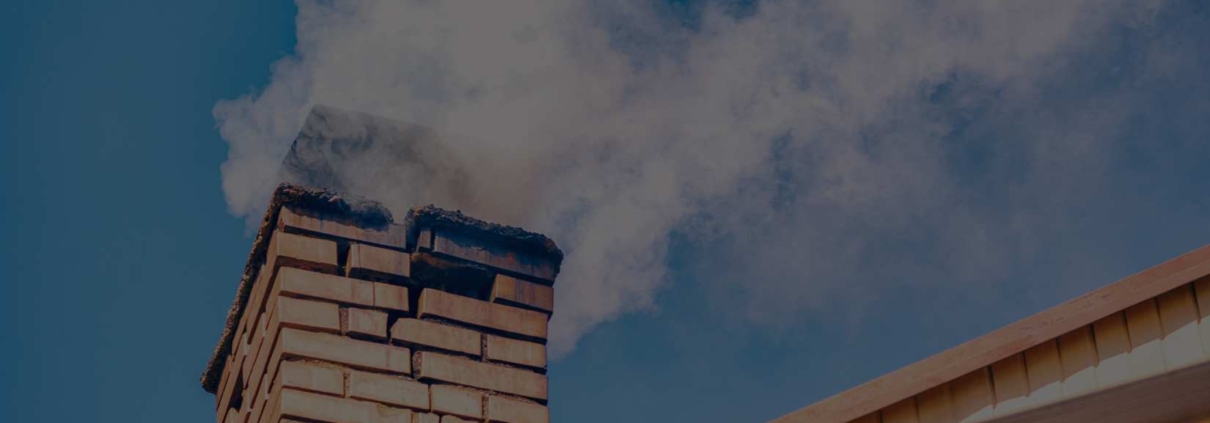The Risks of Using a Damaged Chimney and How to Address Them
The Risks of Using a Damaged Chimney and How to Address Them
A fireplace can be a charming, cozy addition to your home, providing warmth and ambience for you and your loved ones during the cold months. However, ensuring that your chimney is well-maintained and in good condition is essential to avoid serious risks to your health and your home’s safety.
In this blog, we will discuss the risks of using a damaged chimney and provide helpful tips on addressing these issues to keep your home safe and secure.
Risks of Using a Damaged Chimney
- Chimney Fires
One of the top dangerous risks of using a damaged chimney is the potential for chimney fires. When creosote, a highly flammable byproduct of burning wood, accumulates on the walls of your chimney, it can easily ignite and cause a chimney fire. A cracked or damaged chimney liner can also allow heat and sparks to escape, igniting nearby combustible materials and causing a house fire. Chimney fires can spread quickly and cause significant damage to your home or even result in injury or death.
- Carbon Monoxide Poisoning
Carbon monoxide (CO) is a deadly, odourless, and colourless gas produced during the combustion of fuels like wood, charcoal, and natural gas. A damaged chimney can cause poor ventilation, allowing CO to accumulate in your home instead of safely venting outside. Prolonged exposure to high levels of CO can lead to severe symptoms such as headache, dizziness, nausea, confusion, and eventually death. Ensuring your chimney is properly working is crucial to preventing CO poisoning.
- Structural Damage
Damaged chimneys can also cause structural damage to your home. Cracks or gaps in the chimney structure can let water seep in, leading to wood rot, mould growth, and other water-related damages. Additionally, a leaning or unstable chimney can lead to significant issues with your home’s foundation and support structures. Addressing these problems as soon as they are detected is essential to prevent chimney repair services, chimney removal, and potential risks to your home’s structural integrity.
- Decreased Heating Efficiency
A damaged chimney can affect your fireplace’s heating efficiency, wasting energy and higher heating costs. Poor ventilation, cracks in the chimney liner, and other issues can cause your fireplace to work harder to produce heat, resulting in increased fuel consumption and decreased overall efficiency. Ensuring your chimney is in good condition can help maximize your fireplace’s performance and save you money on heating costs.
How to Address Damaged Chimneys
- Regular Inspections and Cleanings
The first step in addressing and preventing chimney damage is to schedule regular inspections and cleanings. The National Fire Protection Association (NFPA) suggests having your chimney inspected at least once a year by a professional sweep. Regular inspections can help identify issues like creosote buildup, cracks, and other damage early on, allowing you to address them before they become more significant problems.
- Repair or Replace Damaged Components
If your chimney inspection reveals damaged components, repairing or replacing them as soon as possible is essential. Cracked or damaged chimney liners should be returned to ensure proper ventilation and prevent heat and sparks from escaping. Any cracks or gaps in the chimney structure should be repaired to avoid water damage and maintain your home’s integrity. Call for chimney repair services for this kind of prevention.
- Install Carbon Monoxide Detectors
To keep your family away from the dangers of carbon monoxide poisoning, installing CO detectors throughout your home is essential. These devices can alert you to high levels of CO, allowing you to take action and ensure proper ventilation. Remember to test your CO detectors regularly and replace the batteries as needed.
- Consider a Chimney Cap
Installing a chimney cap can help prevent water damage, keep debris and animals out of your chimney, and improve ventilation. A chimney cap is a relatively inexpensive and straightforward addition that can provide significant benefits for your home’s safety and chimney performance.
Conclusion
Your home’s chimney ensures your fireplace’s safe and efficient operation. By understanding the risks associated with damaged ducts and taking the necessary steps to address and prevent these issues, you can enjoy the warmth and ambience of your fireplace while keeping your home and family safe. Don’t take chances with your safety – make chimney maintenance a priority for your home.
Red Robin Masonry has established itself as Toronto’s most trusted masonry company, providing top-notch services to its clients for all their masonry needs. With a range of services such as brickwork, chimney work, parging, and stonework, we cater to various requirements while maintaining the highest standards of craftsmanship and customer satisfaction. Don’t hesitate to contact us for any inquiries on our chimney repair services in Toronto, as we are always available to assist and guide you through transforming your property with our exceptional masonry services.




Leave a Reply
Want to join the discussion?Feel free to contribute!